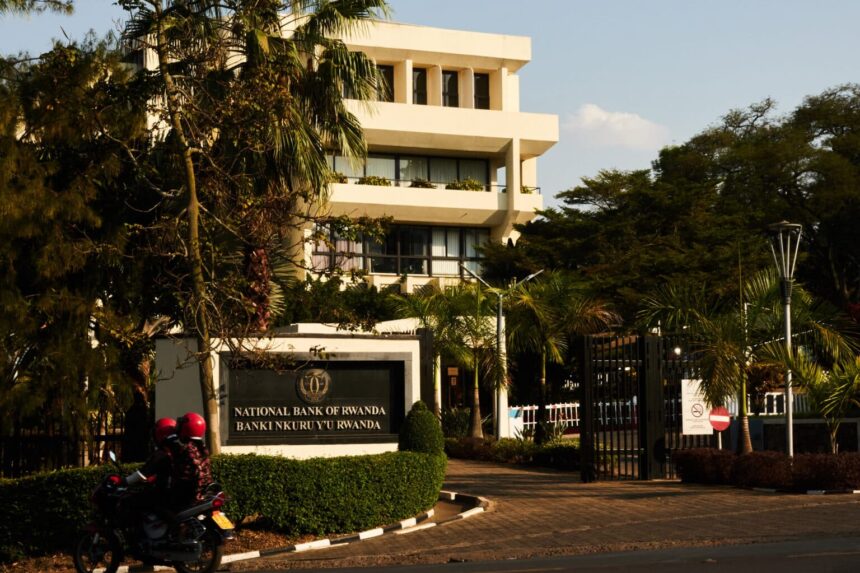Rwanda’s central bank kept its key interest rate at 6.5% on Thursday, having cut its main interest rate in its last two decisions of the year.
Governor John Rwangombwa told reporters the decision was based on uncertainty about the performance of the agricultural sector and that the central bank believed the government could control inflation within its 3%-8% target range.
“We think for now (the rate) is good enough to maintain inflation within our band,” he told a news conference.
Annual inflation has remained below 6% this year, down from 3.8% in October.
- Advertisement -
The decision follows a 50 basis point cut in the banking system by the National Bank of Rwanda in August and a similar reduction in May.
Since the fourth quarter of last year, all major funds have been held by the central bank at between 2-8%, falling to 4.1% in the third quarter. This suggests lower food inflation. While electricity prices have increased, this is mostly due to consolidation of last year’s low prices. Overall inflation is expected to be 4.6% this year and 5.8% next year. The forecast takes into account the smaller-than-expected increase due to weather conditions.
As always, forecasts will be revised if internal and external uncertainties arise. Russia’s war in Ukraine, the crisis in the Middle East and of course unpredictable weather conditions will have a greater impact on the global economy.
The Central Bank kept interest rates at 6.5% to keep inflation on target.
The Financial Stability Board continues to strengthen the financial sector. Assets in the market increased by 23.1% in the first nine months of the year. This growth is reflected not only in the economy but also as a percentage of total GDP. The largest economy, the financial sector, continues to improve its health.
- Advertisement -
The capital adequacy ratio (CAR), which is the reserve required by the central bank to make banks resilient to unforeseen shocks, is at 21.2%, above the 15% required by the central bank. A better credit score indicates increased credit. Liquidity is 324%, above the central bank’s 100% requirement.
The structure of the microfinance sector is similar to the insurance sector, which continues to show growth and stability. This trend continues with growth and strengthening in all public and private pension plans.










